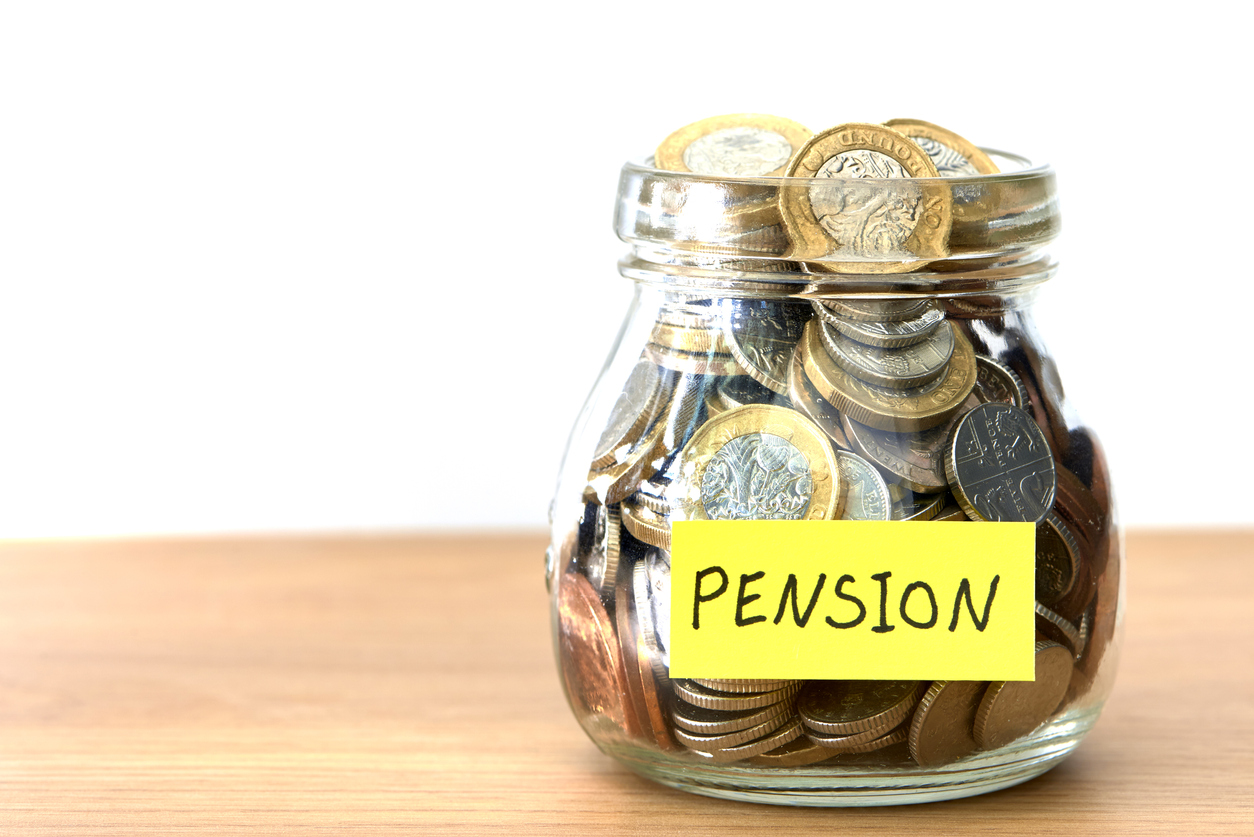
After a horrible 2020 for dividend paying companies, this year has been an encouraging return to form. Investors can’t afford to ignore the benefits of reinvesting dividends.
Good news: the COVID-induced dividend drought appears to be over. After a terrible 12 months, when most dividend-paying companies in the financial services, property, and oil and gas sectors were forced to suspend or drastically reduce dividend pay-outs to shareholders, 2021 has seen a sparkling recovery.
Dividends are usually considered to be a good sign that a company is doing well, and has plenty of spare cash in the bank. But the UK’s reputation for dividend payments took a battering during 2020 thanks to the COVID-19 pandemic, forcing companies to take widespread and often drastic measures to keep operating during a period of uncertainty. As a result, last year the FTSE 100 average dividend yield for 2020 overall ended up at a significantly lower 2.98%, and total dividends paid to investors fell to £61.4 billion. However, stockbroking firm AJ Bell expects FTSE 100 dividend payments to bounce-back to an impressive £85.1 billion this year, just short of the record-breaking peak of £85.2 billion in dividend pay-outs set in 2018.
Dividend tax is on the increase
Of course, the downside is that the government has now introduced a 1.25% increase in dividend tax to help pay the bill caused by COVID-19, and to increase spending on health and social care. As a reminder of the government’s tax plans, investors can still earn up to £2,000 in dividends before they are liable for any tax. But beyond that threshold, basic rate taxpayers can expect to pay dividend tax at a rate of 8.75% from the 2022-2023 tax year. Higher rate taxpayers will see their dividend tax rate increase to 33.75%, while additional rate taxpayers (earning more than £150,000) in England will pay dividend tax at 39.35%. It’s worth remembering that investors do not pay any dividend tax on money invested in an Individual Savings Account (ISA), which is why it’s essential to always use up your tax-free ISA allowances.
Why it pays to reinvest dividends
Dividend paying companies are very attractive within any investment portfolio, but you don’t have to collect the regular dividend payments. In fact, it’s well worth using the dividends instead to purchase additional shares – which in turn also pay out future dividends. This is known as the power of compound interest.
Here’s a quick example to show what we mean. You buy 100 shares in a company at a cost of £1,000. The company pays a dividend of £6 every year for ten years. Instead of pocketing the cash, you reinvest your dividends and you use the money instead to buy more shares in the company. As time passes, a dividend reinvestment strategy starts to become the largest contributor to total return. The more dividends you reinvest, the higher your future dividend payments.
Take the following example of the FTSE100 index over the last 20 years (see graph below). The red line shows the pure performance of the index, not taking any dividend income into account. As you can see, the index value has increased by more than 40% over the last 20 years.
However, this performance is a fraction of the total return achieved over the same period, when dividend income from the FTSE100 constituents is reinvested. You can see the total return including reinvested dividends, shown in blue, has returned 193% over the same 20 year period, almost five times the return of the raw index.

The effect of compound interest on reinvested dividends is more powerful the longer you invest, as it multiplies the available returns on the original investment. Over time, the dividends reinvested in the early years have the largest impact on total returns, and you stand to benefit not just from the increased value of the company’s shares, which may fluctuate over time, but also from the larger shareholding as you’ve used the dividend proceeds to buy more shares, which means more dividend proceeds, and so on. It’s a great way to increase the value of your investment without lifting a finger.
Last thoughts
Of course, dividend payments received by investors are still liable for dividend tax, even if they are automatically reinvested. But for the time being, investors still have a dividend allowance of £2,000, which means for the first £2,000 of any dividends you receive you don’t need to tell HMRC or record the dividends on your self-assessment form.
If you’re unsure whether your investments will mean you pay dividend tax, please get in touch. We’d be happy to provide you with a report on your dividend situation, as well as recommending ways to get the most out of your tax-free allowances. You may not be able to avoid paying dividend tax, but we can help to make sure you get the best value from the dividends you earn on your investments.
If you are interested in discussing your investment strategy with one of our experienced financial planners at FAS, please get in touch here.
This content is for information purposes only. It does not constitute investment advice or financial advice.





